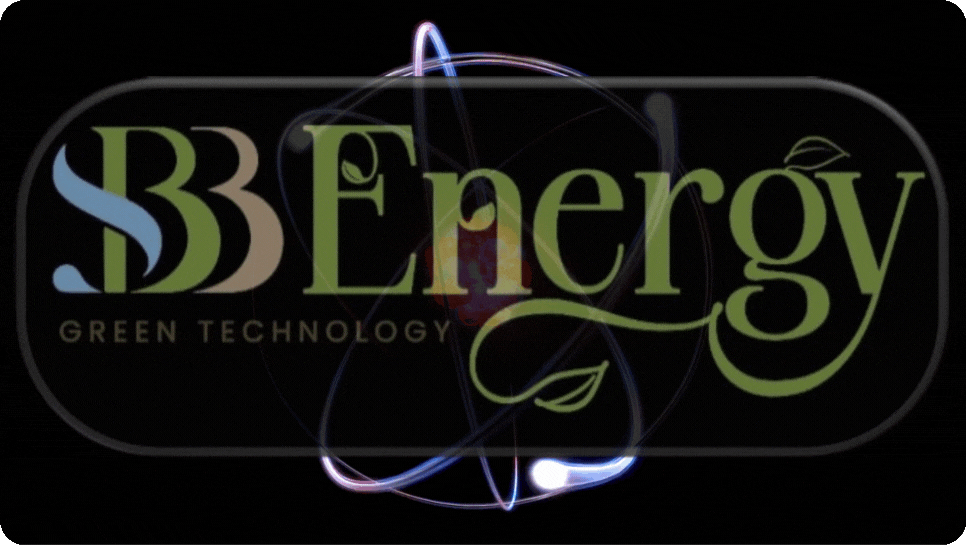Understanding Renewable Energy Integration in Power Systems
- Aug 27
- 3 min read
Updated: Aug 29
The energy landscape is shifting fast. We are moving from traditional fossil fuels to cleaner, greener sources. This shift is not just a trend - it’s a necessity. The integration of renewable energy into power systems is transforming how we generate, store, and use electricity. It’s a game-changer for sectors like defense, disaster management, agriculture, rural communities, and industry. I’m here to break down this complex topic into clear, actionable insights. Let’s dive in!
The Importance of Integration of Renewable Energy in Modern Power Systems
Renewable energy sources like solar, wind, and hydro are abundant and sustainable. But they come with a catch - variability. The sun doesn’t always shine, and the wind doesn’t always blow. This variability challenges the stability and reliability of power systems. That’s why integration of renewable energy is crucial. It means blending these sources seamlessly with existing grids and storage solutions to ensure continuous power supply.
For example, in rural areas, solar panels combined with battery storage can provide reliable electricity without dependence on distant power plants. In defense, microgrids powered by renewables enhance energy security and resilience during emergencies. The key is smart management and advanced technology.
How Integration of Renewable Energy Works: Technologies and Strategies
Integrating renewable energy requires a multi-layered approach. Here’s how it works:
Grid Modernization - Upgrading infrastructure to handle variable inputs and two-way power flows.
Energy Storage Systems - Batteries like the ThoR Energy Box store excess energy and release it when needed.
Smart Grids and IoT - Sensors and automation optimize energy distribution in real-time.
Demand Response - Adjusting consumption patterns to match renewable supply peaks.
Hybrid Systems - Combining renewables with traditional power sources for stability.
Take the example of a disaster management center. It can use solar panels paired with advanced battery storage to maintain operations during grid failures. The batteries store surplus energy during the day and power critical systems at night or during outages. This setup reduces reliance on diesel generators, cuts emissions, and ensures uninterrupted service.
What are the challenges of renewable energy integration?
Despite the benefits, integrating renewables is not without hurdles. Here are the main challenges:
Intermittency and Unpredictability: Solar and wind depend on weather, causing fluctuations.
Grid Stability: Sudden changes in power input can destabilize the grid.
Infrastructure Costs: Upgrading grids and installing storage systems require significant investment.
Regulatory and Policy Barriers: Inconsistent policies slow down adoption.
Technical Complexity: Managing diverse energy sources demands sophisticated control systems.
Addressing these challenges requires innovation and collaboration. For instance, advanced battery systems like the ThoR Energy Box provide scalable, eco-friendly storage solutions that smooth out supply fluctuations. Governments and industries must also align policies to encourage renewable adoption and infrastructure upgrades.
Practical Recommendations for Effective Renewable Energy Integration
To harness the full potential of renewables, here’s what I recommend:
Invest in Energy Storage: Prioritize battery systems that offer high capacity, fast response, and long life.
Upgrade Grid Infrastructure: Implement smart grids with real-time monitoring and control.
Promote Hybrid Systems: Combine renewables with conventional power to ensure reliability.
Encourage Demand-Side Management: Use incentives to shift energy use to times of high renewable output.
Foster Policy Support: Advocate for clear regulations and subsidies that support renewable projects.
Train Workforce: Equip technicians and engineers with skills to manage complex integrated systems.
For sectors like agriculture and rural communities, deploying modular, scalable solutions like the ThoR Energy Box can revolutionize energy access. These systems are designed to be robust, eco-friendly, and easy to maintain, making them ideal for remote or critical applications.
The Future of Power Systems with Renewable Energy Integration
The future is bright and electric! As technology advances, renewable energy integration will become more seamless and efficient. Innovations in battery chemistry, AI-driven grid management, and decentralized energy production will redefine power systems.
Imagine defense bases powered entirely by renewable microgrids, disaster relief operations running on clean energy, and rural villages enjoying uninterrupted electricity thanks to smart storage solutions. This vision is within reach, and companies like SBB Energy are leading the charge with their ThoR Energy Box solutions.
By embracing these technologies and strategies, we can build power systems that are not only sustainable but also resilient and adaptable. The transition to a cleaner energy future is not just possible - it’s happening now!
Renewable energy integration is the cornerstone of a sustainable, reliable power future. With the right technology, investment, and policies, we can power critical sectors efficiently and responsibly. Let’s push forward with confidence and energy!











Comments